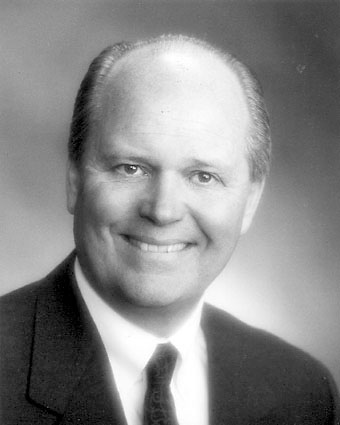
There can be little doubt that a major headwind to our current strong economy is the lack of a sustaining supply of housing which is affordable to our current and future workforce. Much has been written and debated about how to meet this challenge.
Massachusetts has a number of programs which are helping address this issue. MGL Chapter 40B has created thousands of affordable units of rental and ownership housing over the past 20 years. The mechanism in this law is to override local zoning bylaws if a community has not met the threshold of 10% of the housing stock permanently affordable. Developers are able to create higher density housing than is typically allowed by existing zoning rules, in exchange for selling/renting 25% (or 20% in certain instances) of the units at affordable prices.
Chapter 40B is viewed by some as a “sledge hammer” applied to local communities with restrictive zoning requirements. Since the location of these higher density developments is at times quite random, traditional master planning often does not enter the picture.
Current proposals center on legislative change to make zoning bylaw changes subject to a simple majority vote rather than the current super majority. The feeling is that this will be fairer and end the ability of a minority of voters to stand in the way of changes in local land use regulation. This change, if passed on the state level, will be only a piece of the solution.
The real solution is a change in the attitude of the residents of many suburban communities. We are in a period of full employment and economic growth. The looming obstacle to continuing this expansion is a lack of housing which is affordable to the workforce of the future.
One solution may be to encourage not only building new workforce housing but to also nurture the existing supply. Workforce housing can exist in many forms. One of these is the existing supply of class B and C housing. Industry participants define workforce housing as housing for families earning 60% to 100% of Area Median Income (AMI). Based on 2017 national data, median income is approximately $60,000/year for a family of four. This translates to income of $36,000-$60,000/year. The figures for eastern Massachusetts are somewhat higher but housing costs are higher as well.
Programs encouraging re-investment in the existing supply of class B and C housing, many garden-style construction, will help retain this supply as obsolescence has led to demolition and redevelopment. Much of this housing supply is pre-1990’s vintage and in need of modernization. These units exist and are a part of the community and should not give way to luxury units pricing out many in the workforce. With a lack of alternatives, losing these housing units leads to displaced working families with few replacement alternatives.
A strategy to recapitalize these properties with a requirement to maintain affordable rent levels has been implemented by MassHousing. This approach needs to succeed and expand. In combination with community support for new construction as a part of master planning, producing workforce housing will be the key to sustaining the existing employment base and making room for the next generation. This is also an important strategy to retain the many students graduating from our local colleges and universities – many of whom cannot afford to start their careers locally due to the high cost of housing.
Jonathan Avery, MAI, CRE, is president of Avery Associates, Acton, Mass.








